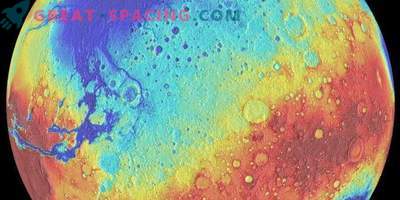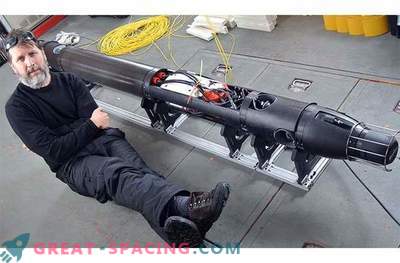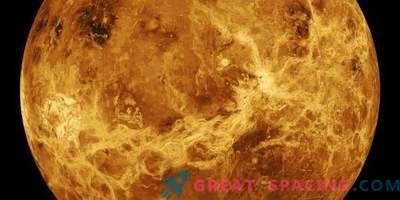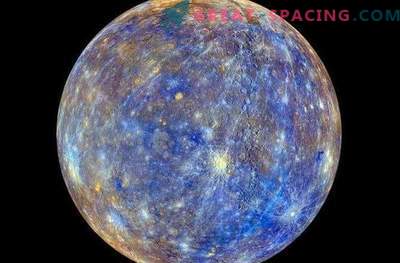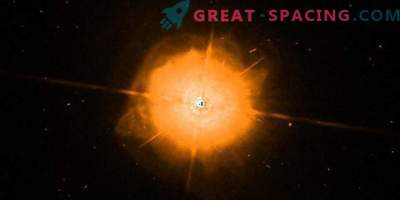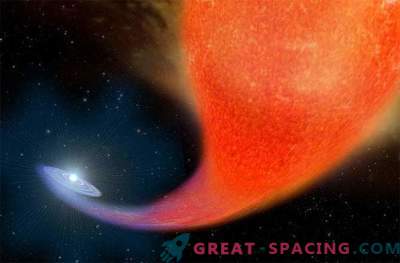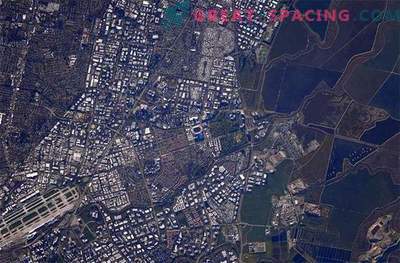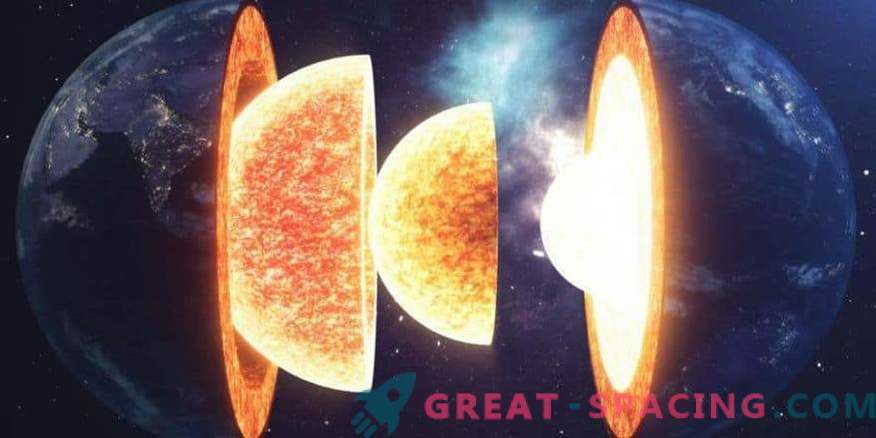
In 2011 and 2013 Korean icebreaker managed to get closer to one of the most remote parts of the ocean. This is a region near Antarctica and south of New Zealand. There, the team extracted a sample from the seabed, discovering a previously unknown area of molten earth depths.
The researchers analyzed a mixture of chemical variants (isotopes) in samples of the seabed from different parts of the world, to understand which “mantle part” created them. At a certain point, most of the solid matter on or near the earth’s surface was part of the hot melted inner filling of the planet.
However, different parts of the internal space contain different isotope ratios, which allows you to create control signatures. The study of material from a distant part of the ocean (Australian-Antarctic Ridge - AAR) showed that it has a unique chemical signature. So, earlier nobody knew about this mantle domain.
This 1900 km wide section was the last “gap” in the geological model of the seabed. Scientists predicted that AAR would have the same isotopic signature as the Pacific Ocean, believing that two seabed emerged from one part of the earth’s mantle (a hot, rocky area, later sandwiched between the crust and the core). But everything suggests that the site broke away from its own part of the mantle due to the large geological destruction that occurred about 90 million years ago. This was the end of the period when the land massifs united in the supercontinent of Gondwana with modern Antarctica in the center. When it disintegrated, the deep mantle layer (“Gulf of Antarctica”) advanced between the divided continental pieces, forming a relatively shallow seabed AAR.
Before us is the last part of the mantle area of the ocean. However, it is still being discussed how new and ancient mantle areas contacted in the early history of the Earth, and how this affected the formation of the modern view of the planet.
